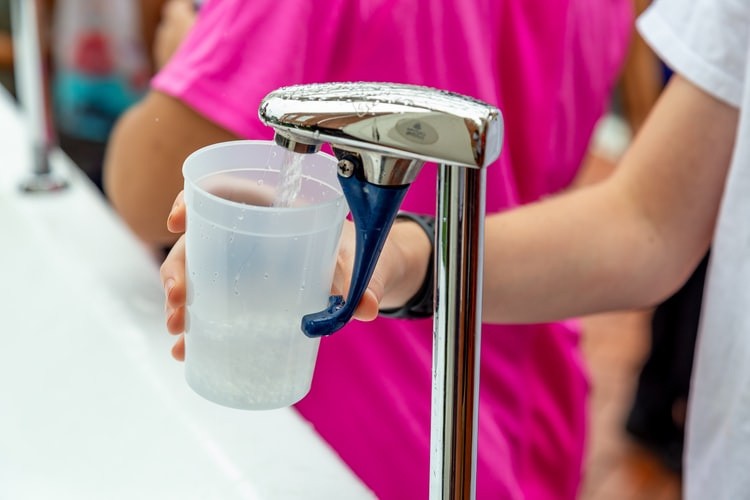Last year, in the U.S., many incidents were reported to have been caused by one waterborne disease or another. These cases were from different parts of the country, from Alaska all the way to Massachusetts, Florida, and Tenessee. Shockingly, the water problems were not caused by the widely feared E. coli bacteria or any other globally recognized water infiltrators.

The culprit was less feared, even highly regarded-water disinfectant.
"Take a glass of water. You may or may not have pesticides, pharmaceuticals, PFAS (per- and polyfluoroalkyl substances), and lead in it. Usually not," says Susan Richardson, a biochemistry professor at the University of South Carolina in Columbia. "But there's always something that is in your drinking water, and that's disinfection by-products."
Related Article : Man Saved From Deportation Over Reason of Air Pollution
Water Disinfectant
Water disinfection aims to eliminate pathogens responsible for water-based diseases.
The transmission of diseases such as typhoid and paratyphoid fevers, cholera, salmonellosis, and shigellosis can be controlled with treatments that substantially reduce the total number of viable microorganisms in the water.
"Disinfection is hugely important. We've got to kill those pathogens," says Richardson. "We had millions of people dying from waterborne illnesses before we started disinfecting water in the 1800s."
However, water disinfectants do not necessarily make tap waters 100% clean.
Unexpected Side Effects
Disinfection by-products build up in the water when the disinfectants react with other organic and synthetic compounds in the treatment and distribution facility.
The reactions that create dangerous by-products may be caused by natural processes like plant decay, animal matter, and human activities like releasing chemical compounds in the area which may interact with the water. Intense exposure to these substances can lead to the possibility of getting pregnancy and fertility issues and higher risks of cancer.
But, there is no need to panic. The chances of getting such issues are meager as modern water treatment centers are continuously improving their methods and facilities.
"It's a trade-off between inactivating pathogens that are going to make people sick today versus the long-term, low-level risk of chemicals in the water," says Christy Remucal, an associate professor of civil and environmental engineering at the University of Wisconsin-Madison.
A well-balanced distribution of disinfectant plus a highly monitored and regulated facility is necessary to ensure that the risks of complications stay low.
A New Challenge
Due to recent global events, a new challenge makes striking a balance even more challenging than what it once was. Waters becomes increasingly compromised and harder to balance because of population growth, wastewater interference, climate change, and higher water use due to the pandemic.
As a response to health issue concerns, many institutions have resorted to increasingly using chlorine, alcohol, and other disinfectants that might interact with the water supply hence compromising it.
Despite the recent blows that the water recycling and treatment industry has faced due to unforeseen challenges, people are still asked to keep an open mind and adjust their lifestyles to a more eco-friendly approach to ensure that they will, later on, benefit many.
According to Gregory Korshin, an environmental engineering professor from the University of Washington in Seattle, "There is a dark side of disinfection, but this doesn't compromise the notion that drinking water in the U.S. is safe."
ALSO READ : The Diminishing California 'Fossil Water'
Read also: environment
© 2025 NatureWorldNews.com All rights reserved. Do not reproduce without permission.





